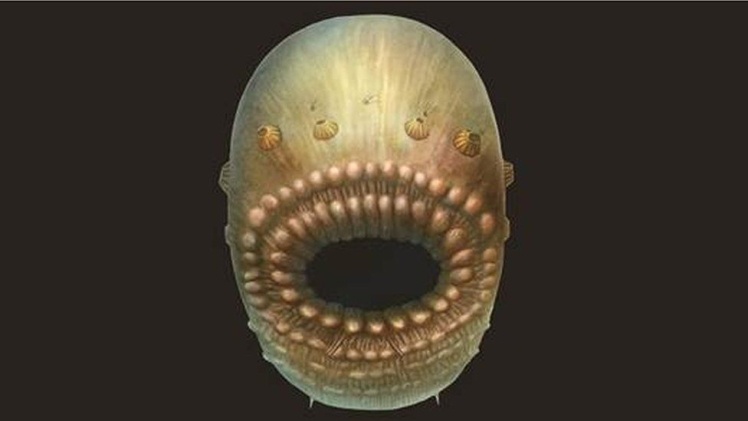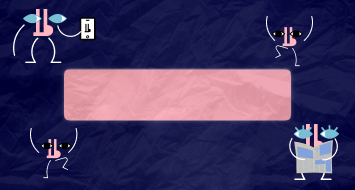Scientists have solved the evolutionary mystery of a 500-million-year-old microscopic spiny creature with a mouth but no anus.
The BBC writes about it.
A tiny fossil of this marine animal was found in 2017. According to researchers, she may be the oldest known human ancestor. The ancient creature was named Saccorhytus coronarius and tentatively assigned to the group of secondary mouths — primitive ancestors of vertebrates.
An artist from the University of Cambridge recreated the likely appearance of this millimeter-sized creature.
A new study suggests that Saccorhytus may belong to an entirely different group of animals. A team of scientists from China and Great Britain conducted a very detailed X-ray analysis of the creature and concluded that it belongs to the group of ecdyzoa, the ancestors of spiders and insects. One of the reasons for this evolutionary confusion was the animalʼs lack of an anus.
"It may have lost it in its own evolution — it probably didnʼt need an anus because it could just sit in one place with one opening for everything," researcher Emily Carlyle of the University of Bristol explained to BBC Radio 4ʼs Inside Science.
During the initial examination, scientists interpreted the openings that surrounded the creatureʼs mouth as gill pores, a primitive feature of secondary mouths.
When the scientists took a closer look at the animal using powerful X-rays, they realized that it was actually the base of broken spines.
Saccorhytus must have lived in sediments in the ocean, with its spines holding it in place. We think it was just sitting there — in a very strange environment with lots of animals that looked like some modern creatures. But many of them looked absolutely like aliens. We still have a lot to learn about its environment,” Carlisle noted.


